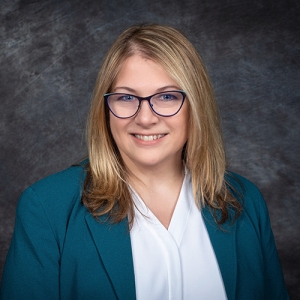MRI: Acquisition of an Inverted Optical Microscope to Enable Interdisciplinary Research That Unites Five Departments Within the Union College Nanoscience Program
The National Science Foundation
Office of International and Integrative Activities, Major Research Instrumentation Program
Award Amount: $308,323 | Effective Dates: 09/01/2012 – 08/31/2015 | Award ID: DMR-1229142
Project Personnel: Principal Investigator Samuel Amanuel, associate professor of physics and astronomy; co-PIs Palmyra Catravas, associate professor of electrical & computer engineering; Brian Cohen, senior lecturer in Biology; Rebecca Cortez, associate professor of mechanical engineering and director of undergraduate research; Michael Hagerman, professor of chemistry; Sr. Personnel Joanne Kehlbeck, associate professor of chemistry; and Seyfollah Maleki, professor of physics & astronomy.
Project Summary: This award for an inverted optical microscope will enable research across five different departments at Union College including Biology, Chemistry, Physics, and Electrical and Mechanical Engineering. This new instrument, integrated with an existing atomic force microscope (AFM), offers simultaneous collection of fluorescence and morphological data under controlled environmental conditions (temperature and humidity). The new integrated system will be used to: 1) study in-situ phase transitions and mechanical properties of soft materials (semi-crystalline polymers and polymer nanocomposites) in order to understand the role of interface in phase transition and reinforcement mechanisms; 2) probe the influence of domain heterointerfaces on photocurrents to improve photoefficiences in polymer/CdSe/clay solar films; 3) investigate the influence of controlled environmental conditions on conduction in nanomaterials for sensing applications; 4) study interactions between the human follicle stimulating hormone receptor at the cell membrane with intracellular proteins to better understand receptor dysfunction in infertility; 5) investigate morphological changes during sucrose hydrolysis and fat bloom in chocolates; 6) study the depth of penetration of visual markers (quantum-dots) for painting and architectural conservation; and, 7) extend a suite of novel graphical techniques for short and long range pattern recognition in integrated optical/AFM images.



